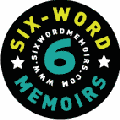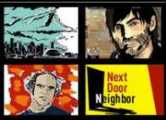Leonard Nimoy—famous for portraying the Spock character in the Star Trek universe—did not set out to photograph naked fat women. He got lucky.
A talented and passionate photographer who built his own darkroom out of found parts as a teen, Nimoy has been creating black-and-white art photography since the early 1970s. As Houston Museum of Fine Arts photography curator Anne Wilkes Tucker explains, Nimoy’s work explores deep themes such as “his Jewish heritage, a concern for human dignity and the concept of Shekhina, a Talmudic term for the manifestation of God on earth.” Shekhina is the title of Nimoy’s first book of photographs.
His most recent book of fine art photographs is called The Full Body Project, an exploration of proud fat women. Although I am not one of Nimoy’s models, I too am a proud fat women; this project resonates with in a very personal way.
I have always been fat. I wasn’t always proud. Then, in the mid-1990s, I started a ‘zine and then wrote a book, both called FAT!SO?, to express what might be called fat pride. In the process of being the proudest possible fat woman, I got lucky. I met another proud fat woman named Heather MacAllister, who founded Big Burlesque & the Fat Bottom Revue, “the world’s first exclusively plush-size, gender-inclusive burlesque ensemble.” Before her recent death, Heather fought fiercely to expand the world’s definition of beauty and sexuality and humanity to include all of us. In one of her proudest pieces of work, Heather and her dancers posed for Leonard Nimoy.
The Full Body Project is a near-perfect book of images, with an elegant introduction by Pulitzer Prize-winning writer Natalie Angier. It’s also an ongoing project for each one of us, the project of living fully in our bodies. It was with a great pleasure that this proud fat woman (six-word memoir: “This body, this fat, this life!”) spoke with Leonard Nimoy about the story behind these luscious, liberating, loving photographs.
Marilyn Wann: I’m curious about the story of how this book, The Full Body Project, came to happen. I’d love to hear how you met your first fat model.
Leonard Nimoy: The story of this book begins with a lady on a black background, lying on a black cloth in the back of the book. My wife and I have a house in Lake Tahoe. A camera shop owner in the area, in Carson City, heard I was in the area and contacted me to do an exhibit, which I did. I was showing some of the earlier work from a book that I published called Shekhina, about the feminine aspect of God. There were a number of people who showed up and one woman approached me and she said, “I’m a model. I’m a different body type than what you’re working with. I wonder whether you’re interested in working with me.” And we did. She came to our home in Lake Tahoe.
I’m trying to picture the conversation you and your wife had, driving home from the gallery show.
I said, “What do you think?” And she said, “You ought to try it, break some boundaries and do something different.” I was concerned about it because I wanted to make sure I did her justice. I wanted to find an appropriate way to photograph her. I’d never photographed that body shape or size. I wasn’t sure how to do it. But I found a way, in black and white photography, to make a kind of sculptural look. I told her that I wouldn’t publish the pictures unless she approved and she said she would show them to her husband. I had paid her, like any model. So she showed them to her husband, and she said that he said, “That’s my girl.” So I said, “Okay then, we’re on.”
This sounds like a different level of caution than you use with average-body models.
Yes. I think, too, that she had not done a lot of figure modeling. Although she called herself a model, her work had come in advertising modeling and so it was not fine art work.
What happened next in the story of this book?
We subsequently showed some of those images in other exhibitions of my work. These got a lot of attention. I realized that there’s a difference between making artwork and making documentation in photography. A lot of my previous work would be described as fine art or art photography. It was all based on a concept that I had developed, or some other subject, and I was using models to help express that idea. In this case the work was a crossover between artwork and documentation. It was about a concept but it was also about her story.
So you were telling her story in addition to telling your own story about the subject.
I was telling a story about this particular person. As a result, it was a different kind of photography. When people saw the picture, they wanted to know about her. They had the same questions you’re asking. So I became curious about this question of body image in our culture. I contacted a model here in Los Angeles who is not a fat body activist or a fat model, but she’s a model activist and works with a lot of different kinds of models. I asked her if she knew of anybody who might fall in that category and she put me in touch with Heather MacAllister.
Whose troupe, Big Burlesque, were revolutionary in bringing fat people to burlesque and bringing fat visibility to the public.
I contacted Heather and I sent her a couple of images that I wanted to replicate. It was the image that is on the cover of the book, which was originally done by Herb Ritts of high fashion models Linda Evangelista, Cindy Crawford, Naomi Campbell. I said to Heather, “I’d like to replicate this with you.” I also wanted to do a diptych, two pictures of four women walking toward the camera, one of them clothed and the other one nude, and that was based on a diptych by a very famous fashion photographer named Helmut Newton. So I sent her Helmut’s pictures and that’s how we began.
We went to San Francisco and we photographed Heather and her group there. Then a year later, they were coming to Los Angeles to perform and we agreed to photograph them again at the Hammer Museum in Westwood. That’s the whole story.
I wasn’t sure that I had enough pictures for a book. I think that’s when I contacted you. I was looking for more models. But Garrett White, an editor from Fiveties Publishing, which later published the book, contacted me. He had seen some of the pictures—and said, “Do you have more?” I gave Fiveties my contact sheets and they went through and found the book.
I think it’s a strong book because of the group of models, and then the single model at the end who’s so powerful. What was it like for you, who perhaps had not come across fat pride activists before?
Very educational.
What did you learn?
I learned a lot about body image in our culture. Heather said to me, “Beauty is culture driven.” I realized that we are swamped with advertising that tells women in our culture—95 percent or maybe 99 percent of them—-that they don’t look right. That they should be buying these pills or buying this diet program or buying these exercises or buying this surgery to try to get closer to what the culture says they should look like. It’s a gigantic amount of pressure on an enormous number of people who are not going to look like what this culture says is required.
I actually have a feeling of concern for the models who are perceived as beautiful and then their stories aren’t a point of curiosity. When we look at, say, a Herb Ritts photograph of a typically beautiful woman, by our cultural definition of beauty, why don’t we wonder what her story is? Is it because her beauty somehow erases her story?
I think you’re right. I think they’re objectified. It’s not the story or the person we’re looking at, it’s the image. We’re not even looking at the person; we’re looking at the image of her.
And that image is somehow a different thing from the person.
Quite different. I think the photographs in this book tell us that we’re looking at some quite specific people. These are very real people. Their exuberance and their sense of life comes off the page.
Do you have a feeling of points of contact from your own life experience and the fat models that you worked with and their life experience?
Anybody who has ever felt alienated knows what this is all about. To me, it’s a question of being marginalized and alienated. When I first came to Los Angeles looking for work as an actor, there was a particular kind of look that Hollywood was buying in those days—and it wasn’t me. They wanted the typical, blond-haired, blue-eyed guy. Tab Hunter was hot stuff. So my agent took me and we made the rounds of the studios and nobody was interested because I was just wrong. I wasn’t what you would call a pretty guy.
Has that feeling of being an outsider affected your work?
I had to rely on a belief that if I was good enough, I could overcome the visual. If I learned my craft and worked hard and became valuable as a performer rather than as a look, then I would find my way to a career. I concentrated on being able to do the work better than the next person.
Well, it all worked out. And aren’t you making a new movie soon?
Yes, I’m going to be acting in a new Star Trek movie.
Do you mind if I ask you about the reaction to your comment in The New York Times feature on you about the sexual attractiveness of your models and whether you found them beautiful or sexually attractive. I find it a funny kind of a question, but evidently that was something The New York Times asked you and it stirred up a bit of a controversy.
I’ll tell you, the writer of the Times article, Abby Ellin, has said that the editor insisted that the question had to be asked because people would be curious about it, my sexual reaction to these women. I understand that and I have no problem with it. I think Abby did a terrific job and a very honest job in reporting what my photographs were about. My answer is that I don’t have any sexual intent or interest in any of these models that I work with.
In all of your work?
Yes. There may be sexual suggestions and there may be people who find the models sexy in one way or another or who are interested sexually in the models, whatever type they may be. When I’m doing the work, I’m not thinking sex, I’m thinking image. I’m thinking about a look, I’m thinking about an idea, I’m thinking about a concept. I’m totally preoccupied with that. I don’t get aroused doing these photographs with any of the models I work with. So it’s not an issue for me.
I find it curious that The New York Times, the great, Gray Lady, found it so necessary to ask that question when you photograph fat women.
I think it’s a question a lot of people think. “Why is Nimoy photographing these fat women? What is his interest in these women?” A lot of people wonder. My answer is that I’m interested in these women as human beings.
+++
BUY The Full Body Project..
VISIT Leonard Nimoy’s site.
LISTEN to a fascinating interview with Nimoy on NPR’s Weekend Edition.
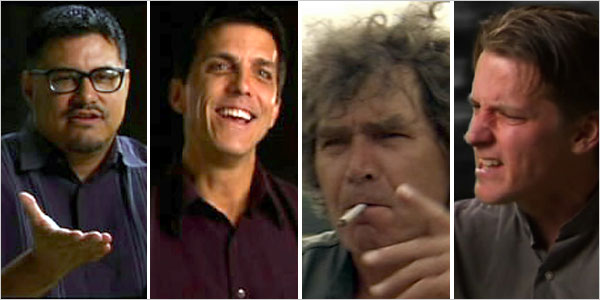

 Editor’s note: As the first season of the New Orleans-set K-Ville wraps up, we decided to ask Leo McGovern, a character in our webcomic
Editor’s note: As the first season of the New Orleans-set K-Ville wraps up, we decided to ask Leo McGovern, a character in our webcomic 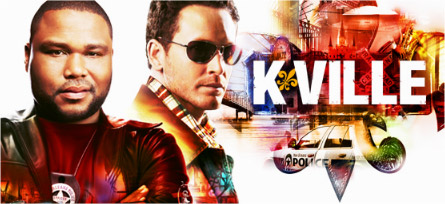 I grew up in the New Orleans area and have seen the gamut of emotions that our citizens have; the feeling about K-Ville is that’s it’s another example of mass media patronizing New Orleans and fabricating a sense of corporate sympathy.
I grew up in the New Orleans area and have seen the gamut of emotions that our citizens have; the feeling about K-Ville is that’s it’s another example of mass media patronizing New Orleans and fabricating a sense of corporate sympathy. 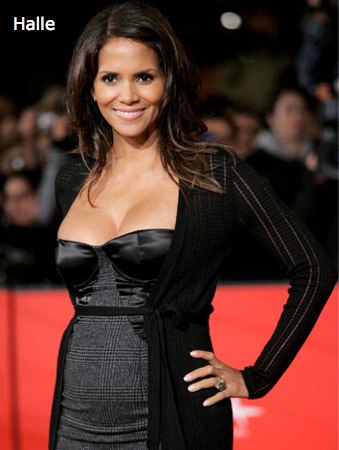

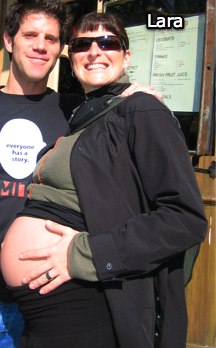
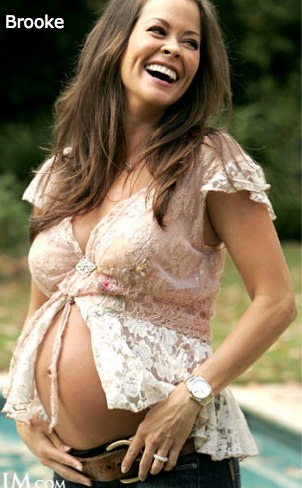

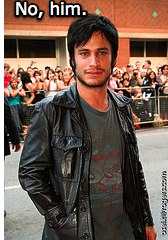
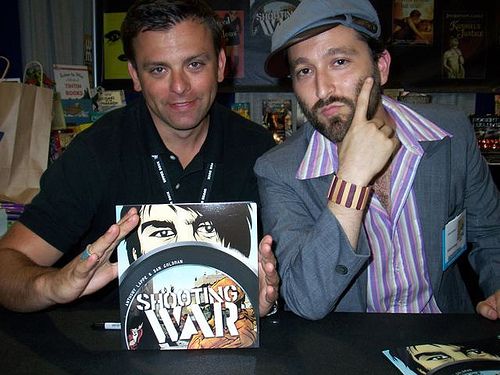
 For the political animal and/or comic-loving geek and/or guy in your life you just can never figure out what to get:
For the political animal and/or comic-loving geek and/or guy in your life you just can never figure out what to get: 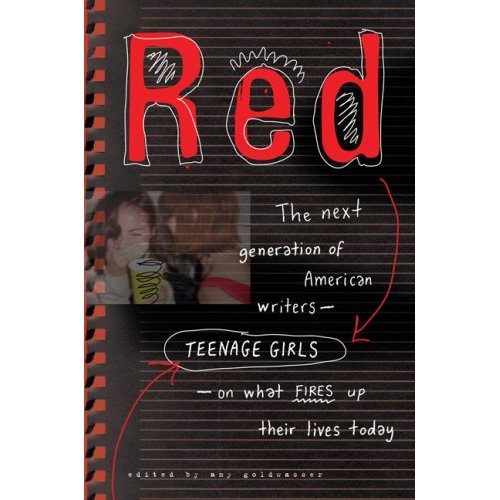 For the smart, angsty teenage girl in your life, or pre-teen who, let’s face it, will enter a world of weirdness and misunderstanding soon enough:
For the smart, angsty teenage girl in your life, or pre-teen who, let’s face it, will enter a world of weirdness and misunderstanding soon enough: 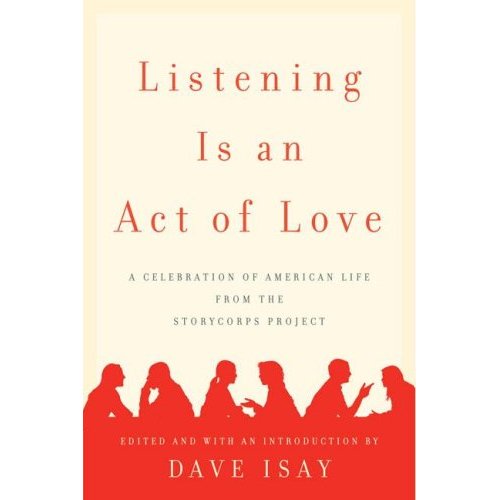 For your mother, your grandmother, or anyone else who listens to way too much NPR:
For your mother, your grandmother, or anyone else who listens to way too much NPR: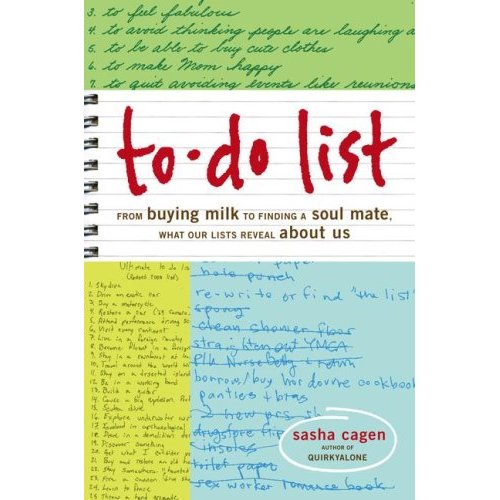 For the obsessive-compulsive and/or secret Santa with a $20 cap:
For the obsessive-compulsive and/or secret Santa with a $20 cap: 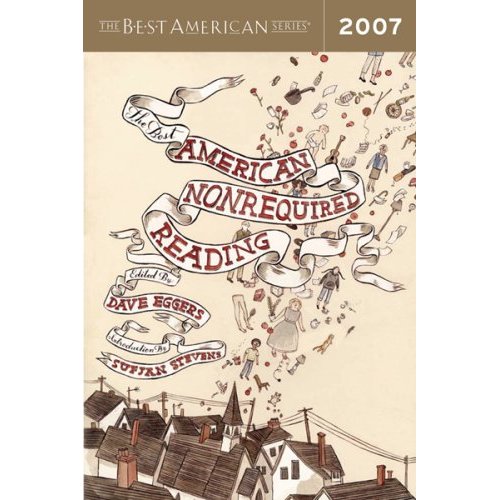 For the big-lit lover who would rather read than talk to you or anyone else in the family:
For the big-lit lover who would rather read than talk to you or anyone else in the family: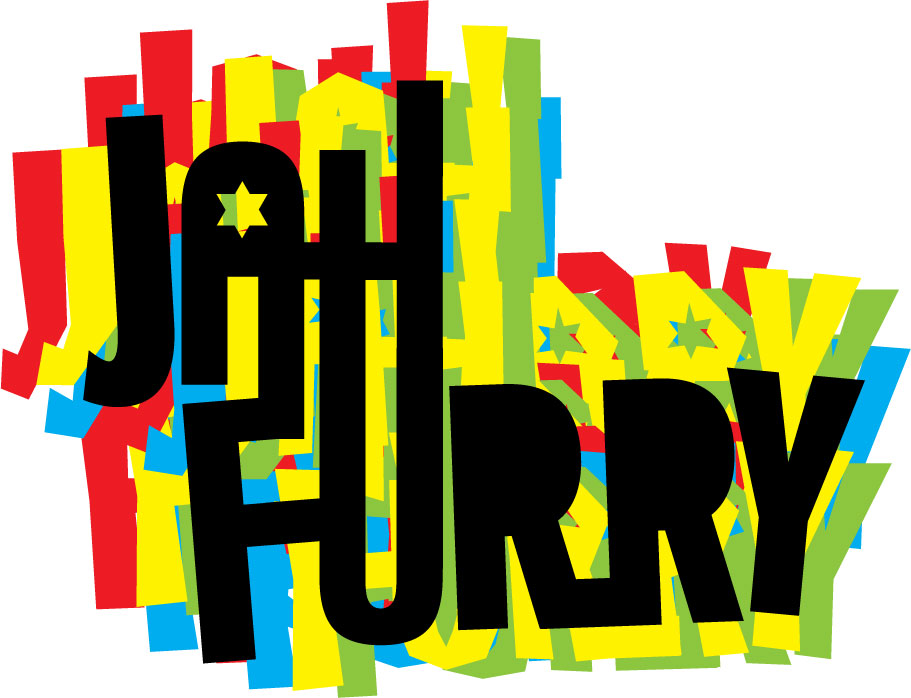 Here’s what I’d get SMITH’s comics editor Jeff Newelt, aka
Here’s what I’d get SMITH’s comics editor Jeff Newelt, aka 
